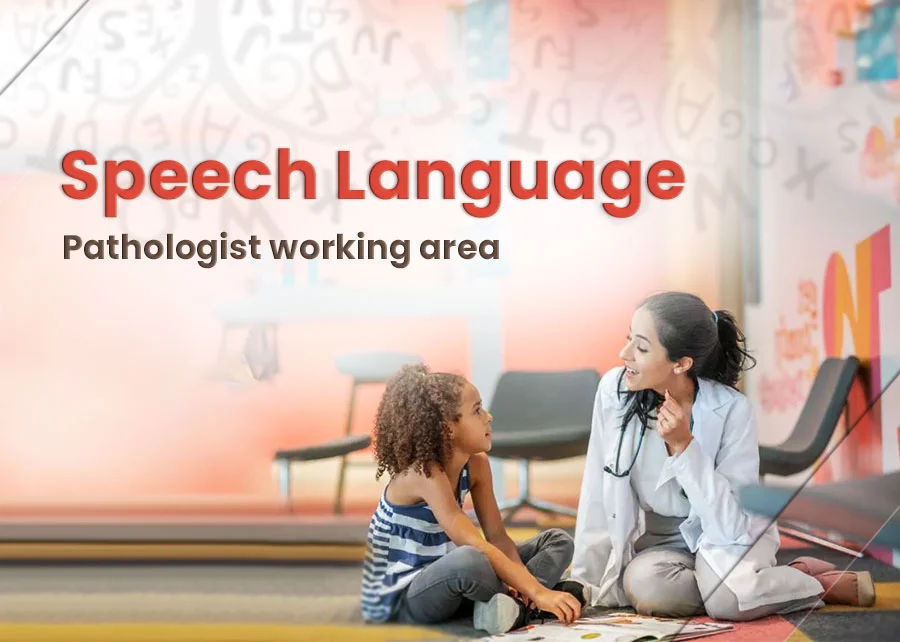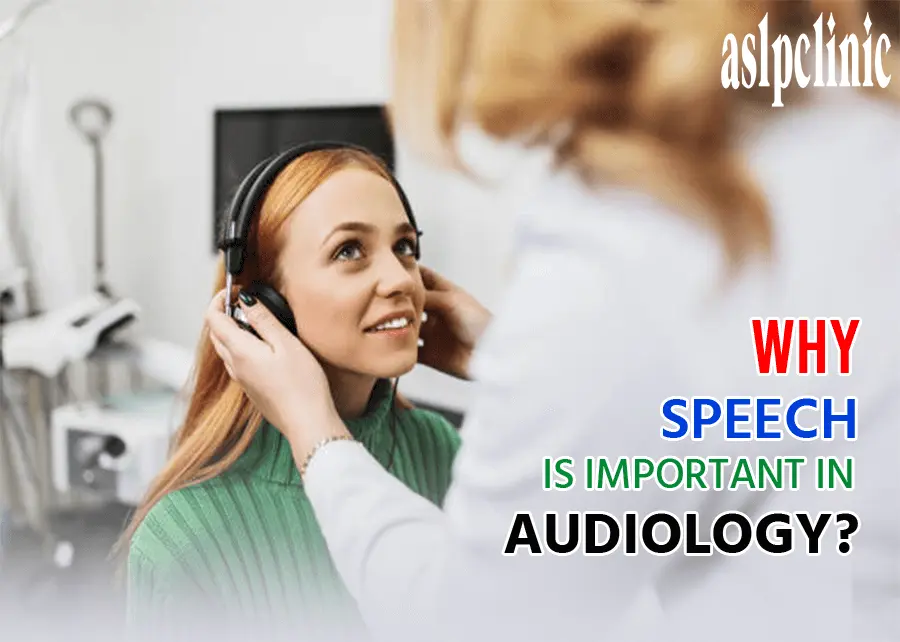A speech-language pathologist is a professional who works with people to swallow abilities and develop their communication power . The concepts of swallowing and communication encompass a wide range of physiological functions. However, communication includes speech production and fluency, intellect, language, resonance, voice and hearing.
Throughout this work, the terms communication and swallowing refer to all sections. Those who work in the field of speech-language pathology may find this publication helpful in encouraging excellence in clinical practice.
Relationship between speech and literacy
Language is the foundation for reading and writing and vice versa. In other terms, spoken and written language are mutually reinforcing and contribute to language and literacy proficiency. However, learning reading and writing is difficult for children if they have speaking issues. At the same time, learning spoken language is difficult for children if they have writing and reading problems.
Children and teenagers with speech and language disorders may have difficulty creating, understanding, and recognizing sounds, syllables, words, and phrases. Additionally, children may have trouble using language strategically for thought, learning, and communication. Therefore, early and ongoing speech and language therapy is essential for developing children and adolescents with speech. Moreover, Specialized speech-language pathologists provide evidence-based, well-balanced, developmental. They also offer culturally appropriate, needs-based, and curriculum-relevant treatments.
Speech Language Pathologist working area
What are the working places for speech-language pathologists?
- Provide of educational services
- In hospitals
- Administration
- Health care facilities
- Practicing privately
1.Provide of educational services
SLPs teach both professionals and students in continuing education and professional development stages. Besides this more formal instruction, speech-language pathologists also educate people, families, caregivers, decision-makers, and policy-makers.
SLPs provide academic training to students in related disciplines and to students preparing to become speech-language pathology assistants. However, they also support continuing professional development for SLPs and associated professionals. They provide instruction at higher education institutions’ undergraduate, graduate, and postgraduate levels. They are assisting students in completing academic programs of all levels.
2.In hospitals
In the United States, hospitals are the fourth largest employer of speech-language pathologists. Additionally, the American Speech Language Hearing Association reports that approximately thirteen percent of all SLPs work in hospitals. Children’s hospitals, military hospitals, stroke centers, and other institutions that treat patients with voice or communication impairments often require speech-language pathologists.
Speech-language pathologists work in hospitals to assist patients in remembering speech, language, and swallowing issues after catastrophic injuries, accidents, or other illnesses. In addition to providing direct care, they may also develop treatment programs. Communication, language, and swallowing difficulties may benefit hospitalized patients, their families, and other medical staff members.
3.Administration
A speech-language pathologist manages programs in education, higher education, schools, health care, private practice, and other settings. Specifically, they are responsible for making administrative selections related to finances. Therefore, manage personnel, develop programs, grow programs, and innovate programs. Professional development compliance with laws and regulations. Moreover, the cooperation with outside agencies in education and healthcare.
It is important to note that their administrative duties are not limited to speech-language pathology. They are responsible for managing programs across departments and levels within an organization. Additionally, SLPs are responsible for fostering adequate and reasonable workloads in educational stages. SLPs provide appropriate services and assist in developing programs.
4.Health care facilities residential and non residential
The healthcare of residential institutions, such as assisted living facilities and nursing homes, utilize the sixth most significant number of speech-language pathologists. According to the research, ten percent of all speech-language pathologists work in residential healthcare facilities. Moreover, they care for the elderly and those recovering from strokes.
The duties performed by speech-language pathologists in hospitals. Non-residential institutions are similar to those performed by speech-language pathologists in residential healthcare facilities. Generally, patients who are under their treatment need to more assistance and supervision to recover from more serious medical conditions.
5.Practicing privately
Approximately one-fifth of all speech-language pathologists have the private sector to expose their abilities. This category includes self-employed individuals who own personal trials with private patients or are employed by private practices.
Speech-language pathologists who practice privately do not belong to any particular hospital or institution of higher learning. Some doctors in private practice specialize in treating a specific demographic of patients, but others do not.
A speech-language pathologist who manages and operates their private practice must be proficient in many business functions, including bookkeeping and marketing.
A child with a speech disorder
An individual with a speech disorder has difficulties producing or shaping the spoken sounds necessary for interpersonal communication. Therefore, it may be difficult to understand the child’s speech.
The following are typical speech impairments:
- Problems with articulation
- Abnormalities of the phonology
- Disfluency
- Abnormalities of the voice or resonance
Causes
Speech is one of the primary means of Interactions we have with others . In addition to other indicators of typical development and growth, it tends to grow as well. Speech and language disorders are common among preschoolers.
- Abnormalities in genetics
- Stress caused by emotions
- Infection or trauma to the brain
It is believed that voice disorders are caused by problems with the airflow from the lungs. Initially, through the vocal cords, and then through the throat, nose, mouth, and lips. It is possible for a vocal issue to result from
- A condition in which stomach acid moves upward (GERD)
- The cancer of the throat
- Problems with the palate, such as a cleft palate
- Damage to the nerves that supply the vocal cords
- Clefts or webs in the larynx
- Growths that are not cancerous
- Screaming, clearing the throat constantly, or singing too loudly can cause overuse of the vocal cords
- Loss of hearing







